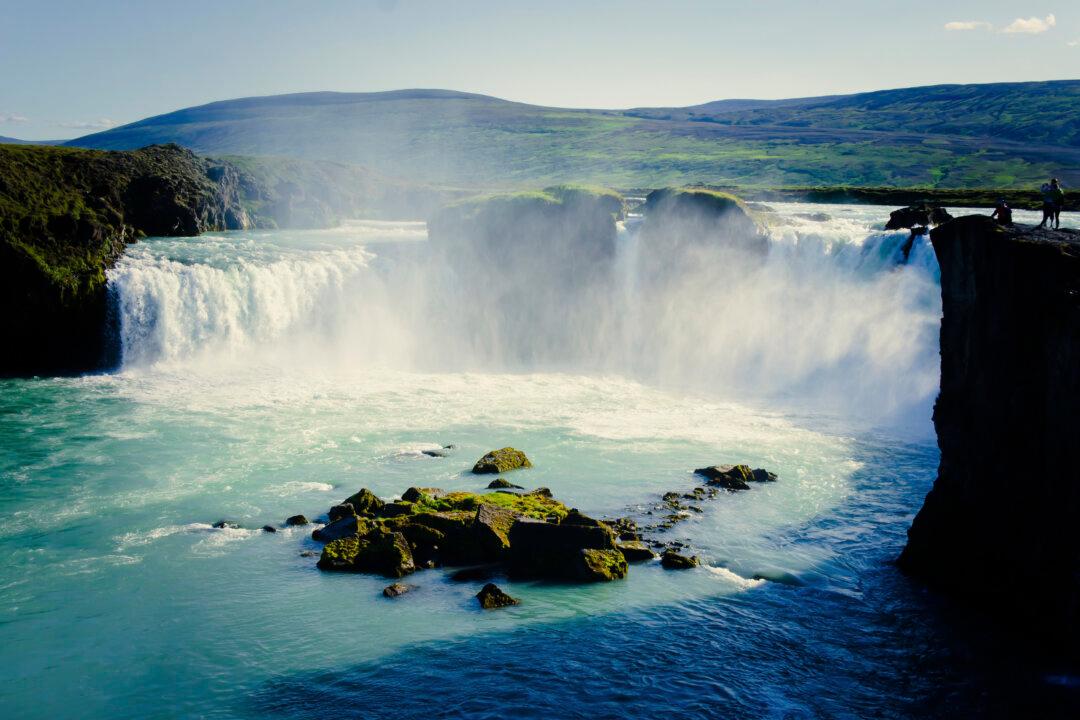Iceland DIY (Drive It Yourself) – The South Coast
The South Coast is probably the second most popular sightseeing day trip from Reykjavík after the Golden Circle. (For a self-drive tour of that; click here.) To the south, you'll usually go on route 1 as far as the town of Vík, with looming mountains on one side and the ocean on the other, stopping at different natural wonders and sites along the way, and then turn around to head back. The major sights include two waterfalls, Seljalandsfoss and Skógafoss, black-sand beach Reynisfjara by Vík, and possibly a hike on Mýrdalsjökull glacier.



